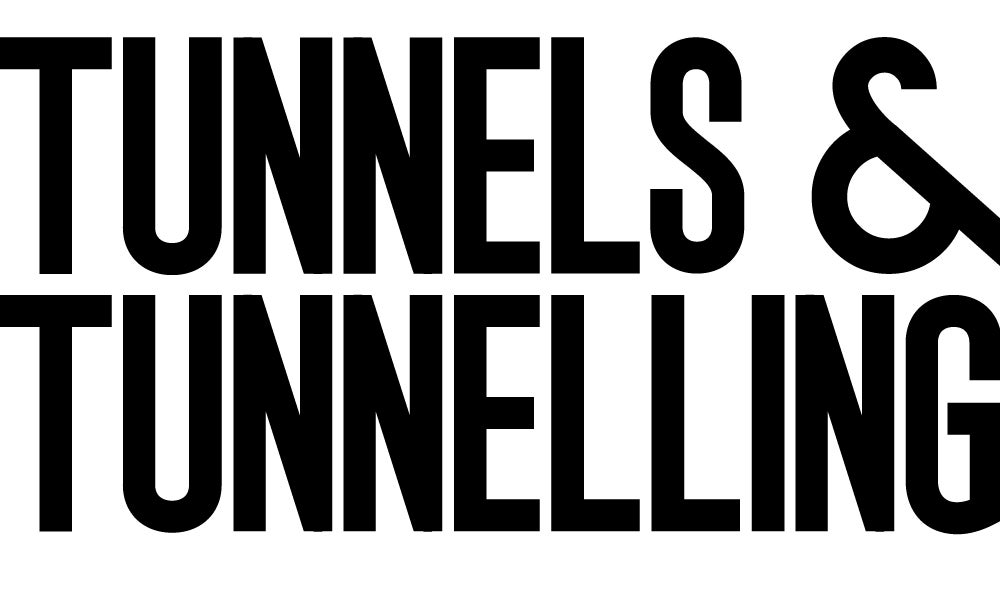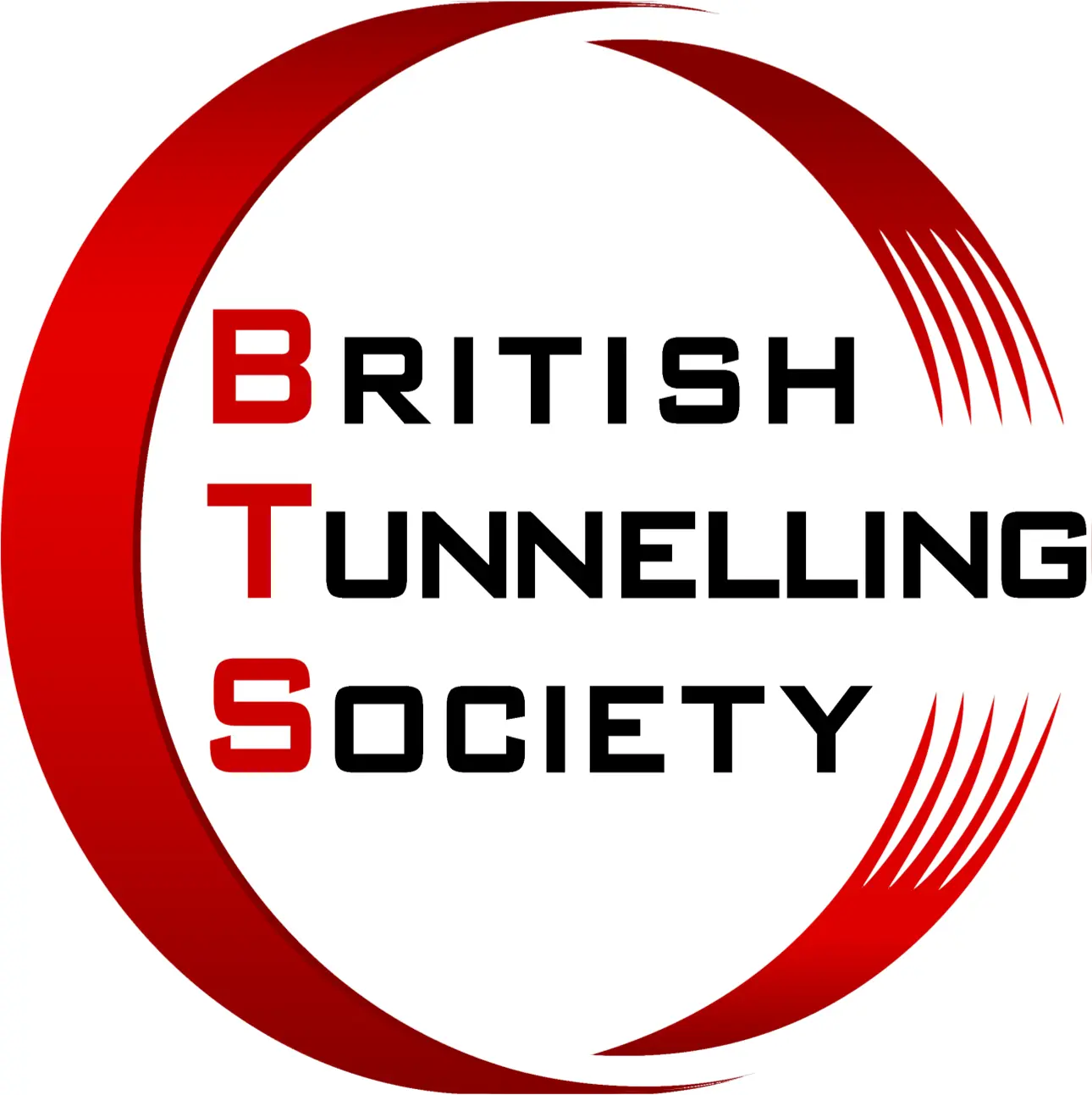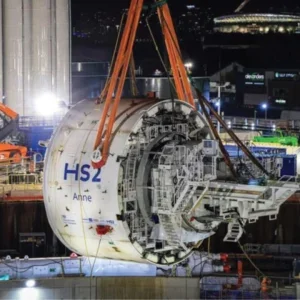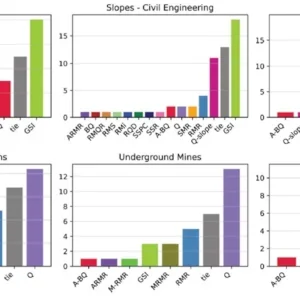The Alps have always cut-off Italy. Hannibal crossed them in 218BC with an elephant or two but the mountains and their main passes, the Brenner, the Simplon, the St Bernard among them, have set the highest (no pun intended) engineering challenges to makers of road and rail links from the earliest times until now. A surface rail line was completed over the Brenner in 1867, crossing it at an elevation of 1,371m. The E45 motorway now also traverses the pass; as the only crossing-point in the region, it is one of the most important north-south connection routes in Europe, for freight and for people. Such is the volume of trucks and cars, however, that the Brenner is now infamous for its frequent traffic jams.
Pollution from transit traffic is a major concern; the combination of temperature inversion with the narrow shape of the valleys makes it even worse. The railway line, too, is now inadequate. Its steep gradients – up to 3% – and tight curves mean that average speeds barely exceed 70km/h.
To ease the congestion and to shift freight from road to rail, the Brenner railway from Innsbruck (Austria) to Verona (Italy) is being upgraded to a major high-speed line. Speeds will be 250km/hr for passengers, 120km/ hr for freight. Chief among the contributory projects is the Brenner Base Tunnel, which will carry the line under the Brenner rather than over it. It is one of the most significant rail construction projects in Europe.
It will be twin-bore, double-track, with connecting cross passages every 333m. At 64km long, it will be the longest underground railway connection in the world. Maximum gradients along the entire line will be 0.4% to 0.7%. At its deepest point, the tunnel will be 1,720m below the surface; instead of climbing to 1,371m, trains will have to reach only a mid-tunnel elevation of 840m. Travel time from Innsbruck to Bolzano will be reduced from two hours to just 50 minutes, while that from Innsbruck to Fortezza will come down to 25 minutes from 80 minutes.
The Base Tunnel, however, has been a long time coming. Official ground-breaking took place in 2006 but substantial work began only in 2011. Funding issues have put back the scheduled date of completion from 2022 to December 2025. And the technical challenges it presents are still as tough as any that Hannibal might have had to face.
(As an aside, Livy (Hist. XXI.36-7) tells us that Hannibal used fire and vinegar to split the huge rocks of a landslide that blocked his way. His exact technique is still debated. Quenching heated rocks with cold water to split them (fire setting) was a standard technique in mining until very recent times. Water as a coolant would have been just as efficient as vinegar, unless the rock was limestone, in which case the acidic vinegar may have helped to weaken the stone. Readers of this article are welcome to contribute their expertise to the debate and email: editor@tunnelsandtunnelling.com.
Two thousand years after Hannibal, the technical challenges of the latest Alpine crossing are also being solved using extremes of temperature.
UNDER THE ISARCO
The Isarco River Underpass is the southernmost section of the Brenner Base Tunnel project. It emerges from the mountains at Fortezza, which lies on the southern bank of the Isarco River (German: Eisack) and which is separated from the mountains by a steep and narrow valley that itself is a major east-west communications route. It contains the river itself and, running close bedside it, the A22 motorway, the SS12 road and the existing Verona-Brenner railway. The Underpass has to go beneath all of these in four tunnels: two of them are part of the Brenner Base, and two of them connect those lines with the existing line that runs along the valley floor. All four tunnels have to pass under these with minimal leeway in the narrow and constricted valley. Construction is therefore extremely complex from a technical point of view.
The contract for the underpass and the links to Fortezza station, worth around US$340m, was awarded in October 2014 to a consortium comprising Webuild (formerly Salini Impregilo), Strabag AG, Strabag SpA, Consorzio Integra and Collini Lavori. The lot includes civil works for the two main tunnels over a total length of roughly 4.5km, as well as the interconnecting tunnels that have a total length of 1.7km.
To excavate under the Isarco River without water infiltration and without having to divert the natural course of the river, Webuild has been using ground-freezing technology involving circuits of nitrogen and brine as coolants.
Entry points for construction is via four shafts, two each side of the river, and even constructing those was problematic. Antonio Celot is Special Foundations Director at Webuild. He talks us through the project.
“The first really tough problem we encountered was digging the shafts. They are 35m deep, 25m of which is below the water table. The soil is gravel with big granite boulders. We had to use a special water hammer with high-pressure pumps working at 180bar. Completing those shafts took a year of work, working 24 hours and 30 days a month. And in this part of Italy it gets very cold in winter, down to minus 18°C.”
The depth of the tunnels was determined by the rail line, which had to emerge at the existing Fortezza station, in the centre of town just one kilometre from the river. To allow high-speed rail travel, gradients had been fixed at 0.7% maximum for the entire Innsbruck to Milan route; that 0.7% therefore determined the depth of the tunnel where it crossed the river. Between the easternmost tunnel crown and the river bed, however, excavation was undertaken with just 3m of cover.
The design solution, based on the tender for the construction of the tunnels, would be to temporarily divert the river, dig the tunnels from above and cover them, then refill and return the river to its natural course. “There was just room on the left-hand side of the valley to accommodate the diversion. But that would have changed the appearance of the river, and possibly also have damaged its ecology,” says Celot.
So, the alternative was to freeze the ground around the tunnel perimeter to solidify and strengthen it in advance of excavation. Soil-freezing has been used before, such as for the construction of the A22 motorway in the area of Lake Fortezza. But the Isarco project is unique in that liquid nitrogen was used to achieve the initial cooling. After this, they used brine to maintain the ice wall during the excavation.
Celot tells T&T: “For adequate strength we needed the ground to be at minus 10°C or lower. The first task was to install freezing probes around the tunnel outline. Steel tubes were inserted into the ground, to a length of 35m – that is, halfway across the river. For each tunnel there were around 75 of them inserted from the north side of the river, and a similar number from the south. They outlined the tunnel cross-section; each was between 50cm to 75cm from its neighbour at the starting section. Navigation to keep them aligned was performed by a Gyro instrument. This is a downhole instrument for borehole surveying in all environments, magnetic and non-magnetic. The external steel tubes were 114mm in diameter. Their purpose was simply to protect two coaxial stainless steel pipes which had the function of allowing the circulation of the coolants.”
The outer one was 76mm in diameter, the inner one 42mm. The space between the outer one (76mm) and the 114mm-diameter steel tube was filled with a specific cement mixture. The was to isolate the probe system from any possible ingress of water and insulate it from a thermal point of view. “Water in contact with liquid nitrogen would instantly have frozen and blocked the whole system. That would have been a big problem,” says Celot with some understatement.
So, once installed, the freezing probes consisted of two coaxial stainless steel pipes of 76mm- and 42mmdiameters. Liquid nitrogen was pumped into the 76mmØ stainless steel pipe. It passed down the probe to its end, and returned through the annular space between the two coaxial tubes, turning to gas along the way. Back to the particular freezing head it was discharged into the atmosphere through exhaust chimneys. “The liquid nitrogen enters into the freezing probes at a temperature of minus 196°C; the gaseous nitrogen leaves the system at minus 80°C.”
Nevertheless, the logistical problems were considerable. “We pumped four million litres of liquid nitrogen into each of the four tunnels, at a rate of 18,000 litres an hour. Each tunnel took around eight or nine days to freeze the annular tunnel ring using nitrogen. The nitrogen arrived in trucks – one truck every 90 minutes – throughout that time, from two plants: one in Trieste, the other in Germany.” It was trucked in over the Brenner.
“Each truck can carry 25,000 litres, and we had four tanks on site, each of 50,000 litres, so we had to handle trucks arriving and unloading in near-continuous stream with very little room for delays. Which was a problem, because in September (2021) the plants that produce liquid nitrogen switched much of their production to making liquid oxygen, because hospitals needed it to save lives during the pandemic. We started freezing the third tunnel at the end of September, and we just about had enough.
“We need the ground to be frozen over a one-metre thickness around the tunnel. To control the freezing process, we used a fibre-optic thermometer.” The principle of operation is that a fibre-optic cable is laid over the entire length of the thermometric probe. White light is shone down the cable; the crystal reflects different wavelengths of light in a way that depends quite precisely on the temperature. The wavelength received back at the source detects the temperature along the entire cable.
“We were able to take readings every 25cm along the pipe. Figure 1 shows the temperature changes with time and with distance/depth, every 24 hours. When we were at target temperature, generally after eight or nine days, we stopped pumping liquid nitrogen and started pumping brine through the freezing pipes instead. The temperature of the brine was not as low as for nitrogen – only around minus 35°C – but we needed it to maintain the frozen state of the ground.”
Compared to the easternmost tunnel at only 3m below the riverbed, the others are deeper, at six or seven metres. “Even so, the water table of the river is so near our tunnel, especially on the fourth one, that the freezing around the tunnel has to be perfect. A further important check on the success of the ice wall formation is the absence of water entering the tunnel. It has to be absolutely minimal: it had to be either zero or less than 0.1 litre per minute. This check is done through drains installed on the tunnel face.
“The brine was easier to manage than the liquid nitrogen; it needed only three chillers and a back-up to cool it, which were on-site, and it recirculated, so we needed no relays of supply trucks.
“The dual use of N2 and brine – the first to cool, the second to maintain the low temperature – did present challenges. Their heat transfer characteristics are different. Cooling the ground with liquid nitrogen is more efficient when the pipes are small in diameter; cooling with brine is more efficient when the pipes are large. We had to find a compromise diameter.
“Once the ground was frozen we excavated each tunnel conventionally, with excavators and hydraulic hammers. The lining was sprayed shotcrete. The first three of the tunnels are completed. We plan to start the freezing of the fourth and last tunnel in February (2022).
“The whole process was environmentally sound in that the only emissions to the atmosphere were N2 – and of course the atmosphere is mainly composed of N2 anyway – and the brine was kept in a closed circuit,” says Celot. “We re-used brine from one completed tunnel to freeze the next one, and so on. Unlike in conventional soil improvement activities, no additives were put into the ground where they might potentially have leaked and polluted the river.”
It is a technique that he expects to be used elsewhere, in future projects. It is, you might say, pretty cool.






